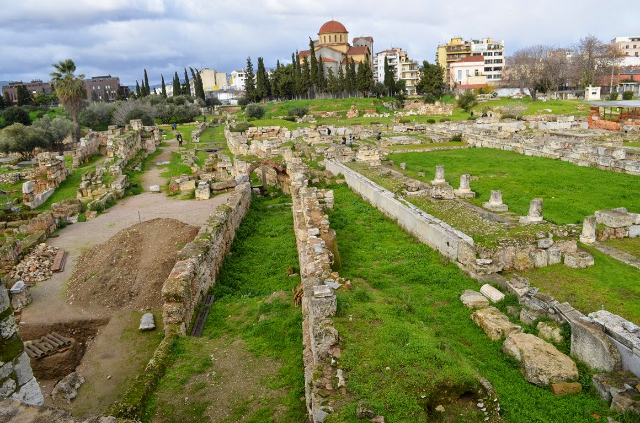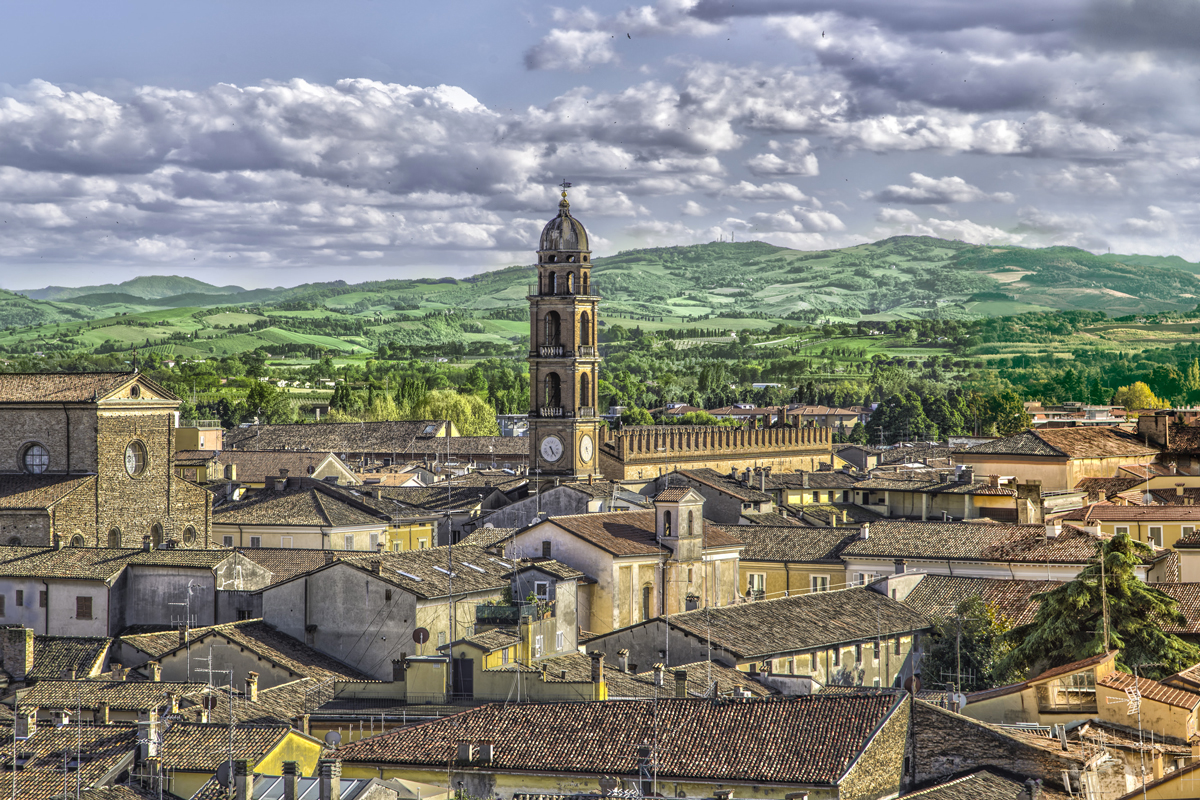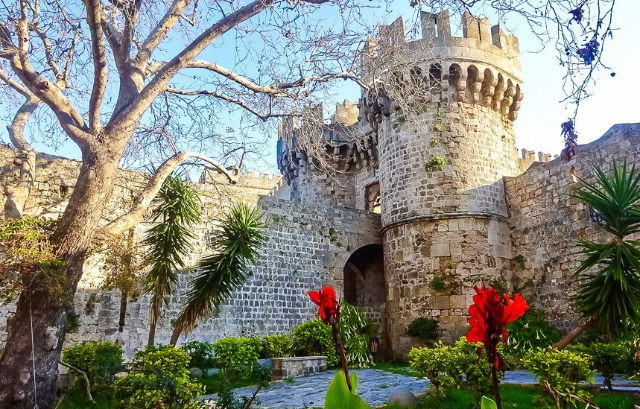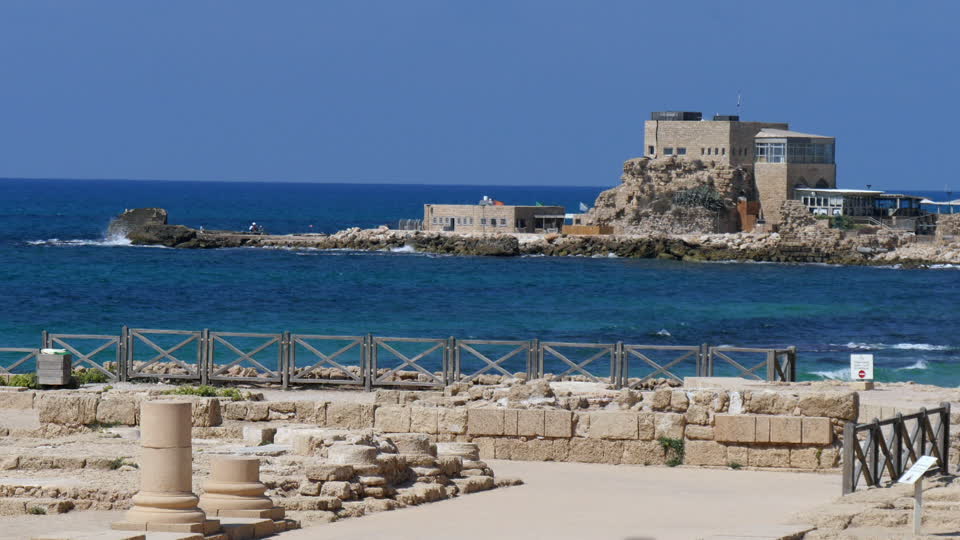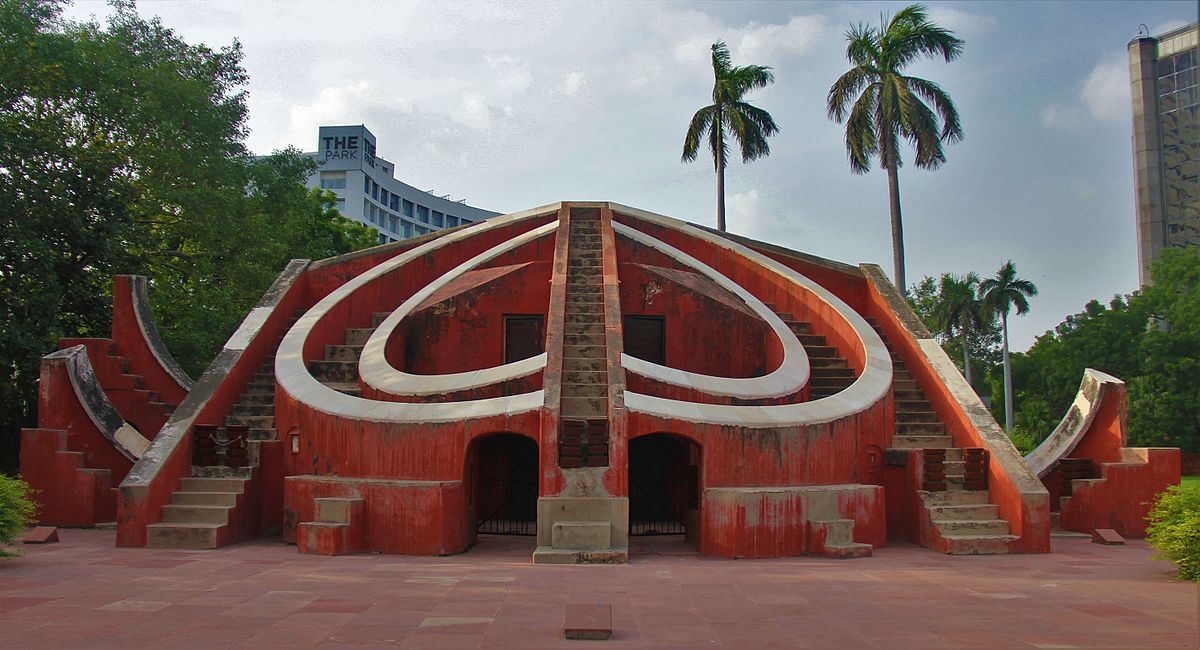Kerameikos Archaeological Park is one of Athens’ most important archaeological sites, located northwest of the city’s historic center. This park houses the remains of the ancient necropolis of Athens, as well as a number of ruins of public and private buildings from the classical period.The name Kerameikos comes from the ancient Greek word "keramos," meaning "pottery." In fact, this district of the city was famous for the workshops of artisans who produced pottery, mosaics, and other artistic artifacts. The necropolis of Kerameikos was the most important burial place in the city, where the wealthiest and most influential citizens were buried.Today, the Kerameikos Archaeological Park is home to numerous archaeological remains, including ancient tombs and mausoleums, the remains of an ancient paved road, a number of public buildings such as the Dipylon and the city gate, and the remains of the agora, the public marketplace of ancient Athens.One of the park’s main attractions is the Dipylon Gate, an imposing gateway that served as the main entrance to the city and dates back to the fifth century BCE. The gate, which had been damaged by fire in the 4th century BC, was later restored and adorned with beautiful marble sculptures.The Kerameikos Archaeological Park is a very impressive place, nestled in a green area of Athens and surrounded by trees and plants. Here you can walk among ancient tombs, admire the remains of public and private buildings, and discover the daily life of ancient Athenians. The park also houses a small museum featuring a collection of artifacts and art objects found at archaeological sites in the area.The Kerameikos Archaeological Park is one of the least visited sites in Athens, but it is a must-see for history and archaeology enthusiasts. This park offers a unique and immersive experience, allowing visitors to immerse themselves in the ancient history of the city and discover the secrets of the lives of ancient Athenians.
